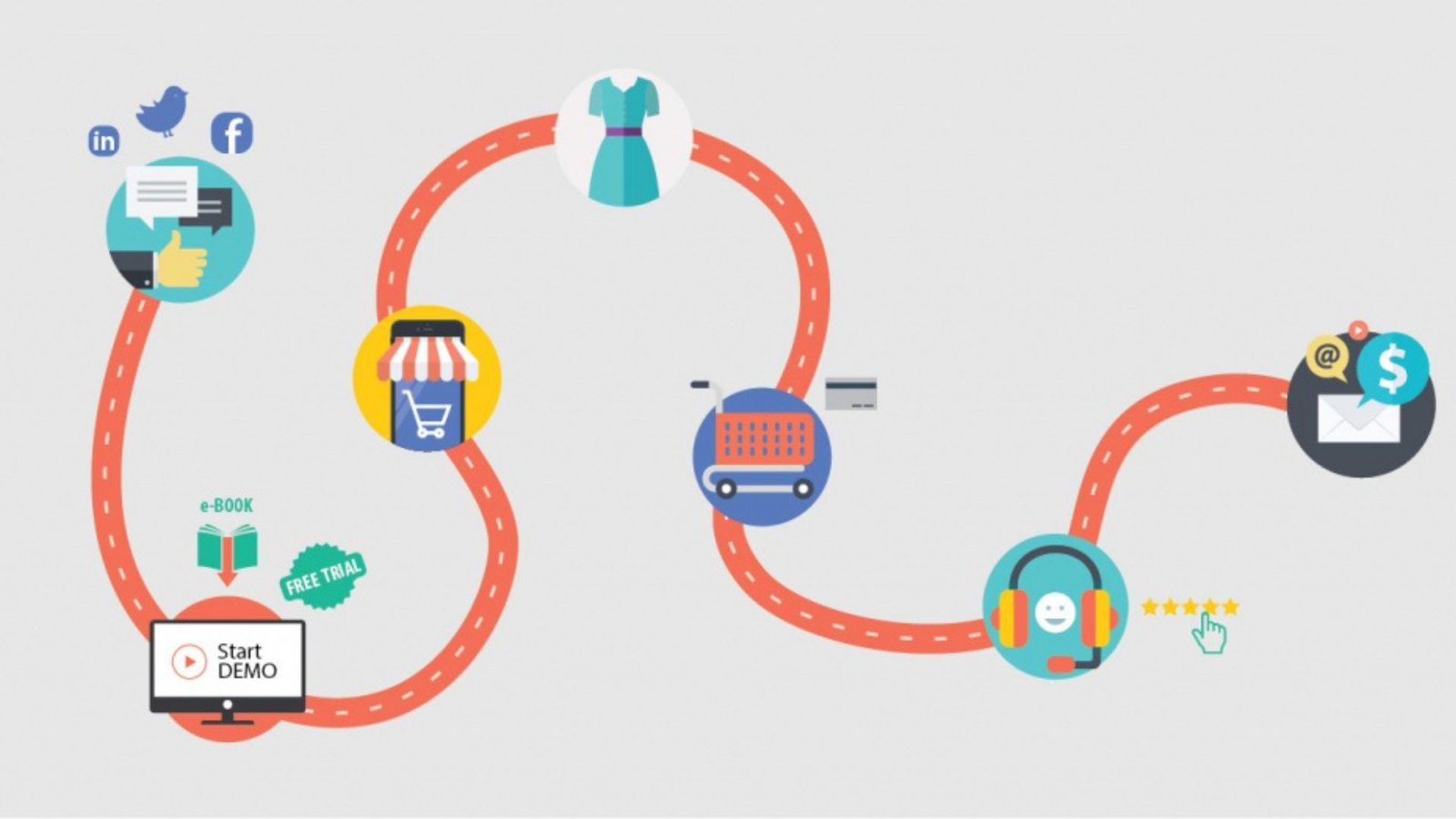
Using video ads in customer journey mapping can significantly enhance how you engage with potential customers at every stage of their buying process. Video ads are powerful tools that can deliver impactful messages and drive action. Here’s a comprehensive guide on how to effectively use video ads in customer journey mapping.
Understanding Customer Journey Mapping
Customer journey mapping involves visualizing the steps a customer takes from discovering your brand to making a purchase and beyond. Integrating video ads into this process can provide dynamic touchpoints that resonate with audiences, fostering a stronger connection and driving engagement.

How to Use Video Ads in Customer Journey Mapping
1. Identify Key Stages of the Customer Journey
The first step in using video ads in customer journey mapping is to identify the key stages your customers go through. These typically include awareness, consideration, decision, and post-purchase. Understanding these stages helps you create targeted video content that addresses the needs and interests of your audience at each phase.
2. Create Awareness with Engaging Introductory Videos
At the awareness stage, your goal is to introduce your brand and capture attention. Use video ads to showcase your brand story, highlight unique selling points, and engage potential customers. Creative and compelling introductory videos can build brand recognition and generate interest among new audiences.
3. Educate with Informative Videos During the Consideration Stage
Once potential customers are aware of your brand, they move to the consideration stage, where they evaluate their options. Here, use video ads to provide detailed information about your products or services. Demonstration videos, tutorials, and explainer videos can help educate your audience and address their questions, guiding them towards making an informed decision.
4. Influence Purchase Decisions with Persuasive Videos
During the decision stage, customers are ready to make a choice. Use video ads to reinforce your value proposition and persuade them to choose your brand. Customer testimonials, case studies, and promotional offers can be effective in convincing potential buyers of the benefits and reliability of your products or services.
5. Support Post-Purchase Engagement with Follow-Up Videos
The customer journey doesn’t end with a purchase. Use video ads to enhance post-purchase engagement and build customer loyalty. Thank you videos, onboarding guides, and feedback requests can help maintain a positive relationship with your customers and encourage repeat business.
6. Personalize Video Ads for Different Customer Segments
Tailor your video ads to different customer segments based on their behaviours, interests, and demographics. Personalized video content increases relevance and resonates more with viewers. For example, create different videos for new visitors, repeat customers, or those who have abandoned their shopping carts.
7. Utilize Data to Optimize Video Ad Content
Leverage data from your customer journey mapping efforts to optimize your video ad content. Analyze metrics such as view rates, click-through rates, and engagement levels to understand what works and what doesn’t. Use these insights to refine your video ads and improve their effectiveness.
8. Incorporate Interactive Elements in Video Ads
Interactive video ads can enhance engagement by allowing viewers to take immediate action. Add elements such as clickable links, polls, or product carousels to your videos. These features can guide viewers through the customer journey and facilitate a seamless transition from watching to taking action.
9. Align Video Ads with Other Marketing Channels
Ensure that your video ads are consistent with your overall marketing strategy. Align your video content with other channels such as social media, email marketing, and your website. Consistency across channels reinforces your message and enhances the customer experience.
10. Test Different Video Ad Formats
Experiment with different video ad formats to find what resonates best with your audience. Test formats like short-form ads, long-form videos, and live streams. Different formats may be more effective at different stages of the customer journey.
11. Monitor and Adjust Based on Performance Metrics
Regularly monitor the performance of your video ads and adjust your strategy based on the results. Track metrics such as engagement rates, conversion rates, and viewer feedback. Use this data to make informed decisions and optimize your video ad campaigns.
12. Leverage Social Proof in Video Ads
Incorporate social proof, such as customer reviews and testimonials, into your video ads. Social proof helps build trust and credibility, making your video ads more persuasive. Highlight positive experiences from satisfied customers to influence potential buyers.
13. Ensure Mobile-Friendly Video Ads
With many users accessing content on mobile devices, ensure that your video ads are mobile-friendly. Optimize video quality and playback for various screen sizes and internet speeds. A smooth mobile experience is crucial for maintaining viewer engagement and effectiveness.
Conclusion
Using video ads in customer journey mapping is a powerful way to engage with your audience at each stage of their buying process. By creating targeted, relevant, and compelling video content, you can enhance the customer experience and drive better results. Implement these strategies to make the most of video ads in your customer journey mapping efforts.
